We've all heard the old saying "One man's trash is another man's treasure".
It was most definitely the case when archaeologists carefully prised open the lid of an old seepage well located inside the historic Duntroon Dairy in 1977.
The well's position, ingeniously dug into the floor of the building during its construction about 1832 meant that water seeping through its sides kept the air inside cool and moist, even during hot weather. Perfect for producing and storing dairy products - the building's main purpose.
However, sometime between when the dairy building ceased being used and prior to the collapse of its roof (in the late 1960s), the 3.4-metre-deep by 2.8-metres-wide well was used as a rubbish tip. It was common practice at the time to turn just about any unused or discarded man-made or natural hole in the ground into a tip. Indeed, as previously reported in this column, even some of our city's much-lauded limestone caves were filled in this way.
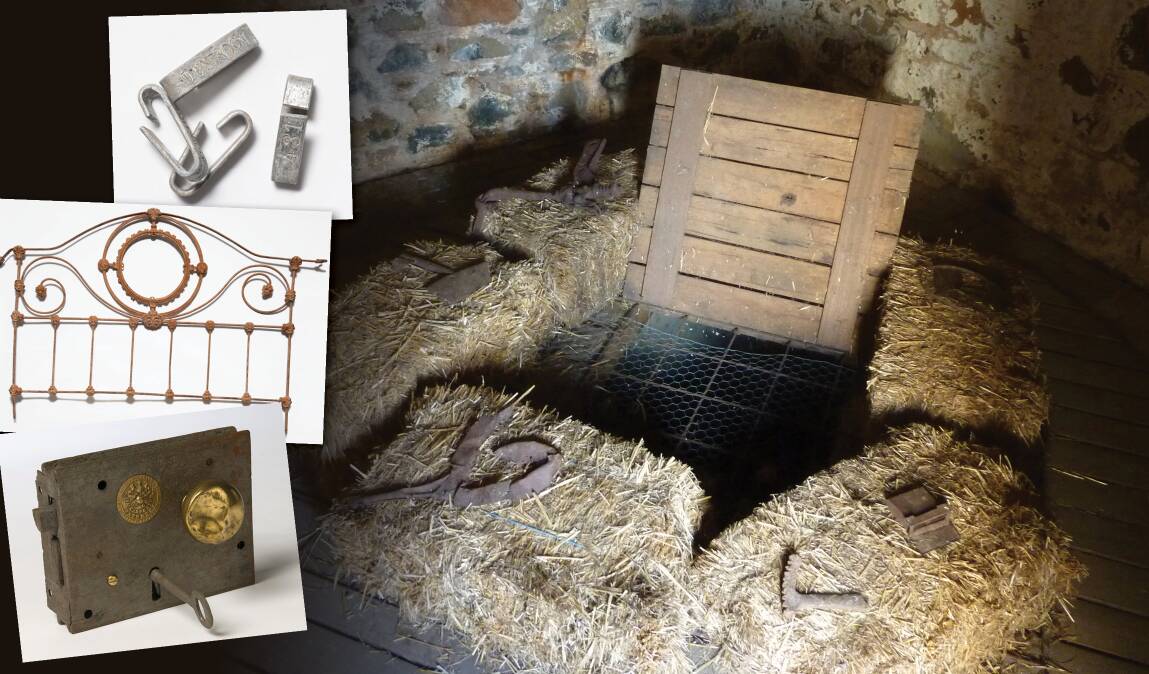
But the story of the well was far from over, for in 1977, an archaeological dig, the first of its kind in the ACT, excavated 764 items from the murky depths of the well. The haul included a sewing machine, a scythe, a four-poster bedhead, and a rare lock.
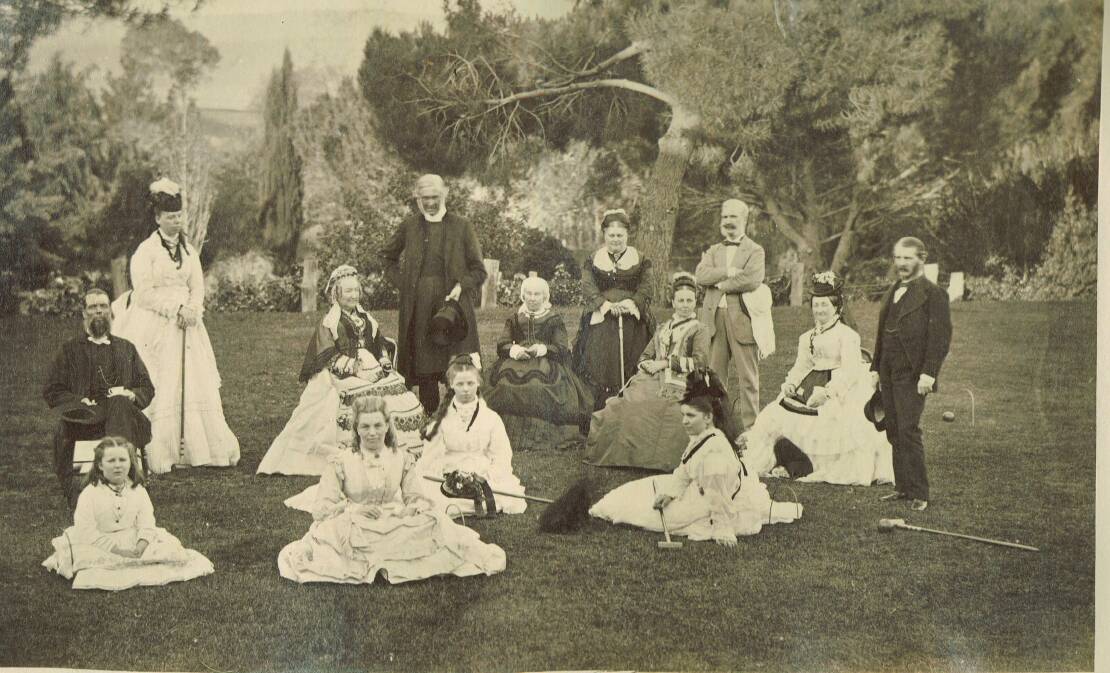
Regular readers of this column may recall this lock underwent conservation in 1979 and a new key and back plate were manufactured to restore it to full working order. A "WR" abreast of the Royal Coat of Arms indicates it was manufactured during the reign of William IV (1830-37), making it the oldest item in the CMAG collection.

While these recovered relics are usually kept safe, squirreled away deep in the CMAG vaults, a selection is being dusted off and are set to feature in Duntroon Estate - work with all your might, a tell-all exhibition about the Campbell family and their landmark property, which opens this Saturday, March 2.

As you may have gathered by its title (borrowed from the Campbell family crest), this boutique exhibition, expertly curated by Hannah Paddon, doesn't only shine the spotlight on items recovered from the dairy well, but also from the broader estate, including, of course, stately Duntroon House.
While it's hard to beat the rare lock, here are my Top 5 other must-sees.
Croquet Ball: Flick through just about any history book about Canberra and you'll no doubt see photos of the Campbell family posing on the lawns of Duntroon House before or after a game of croquet with friends or invited guests. In 1996, a wooden croquet ball was found beneath the house. While the exact date of the ball, which is on loan from the Australian Army Museum Duntroon, isn't known, it's design and weathering suggests it likely dates from the late 1800s.
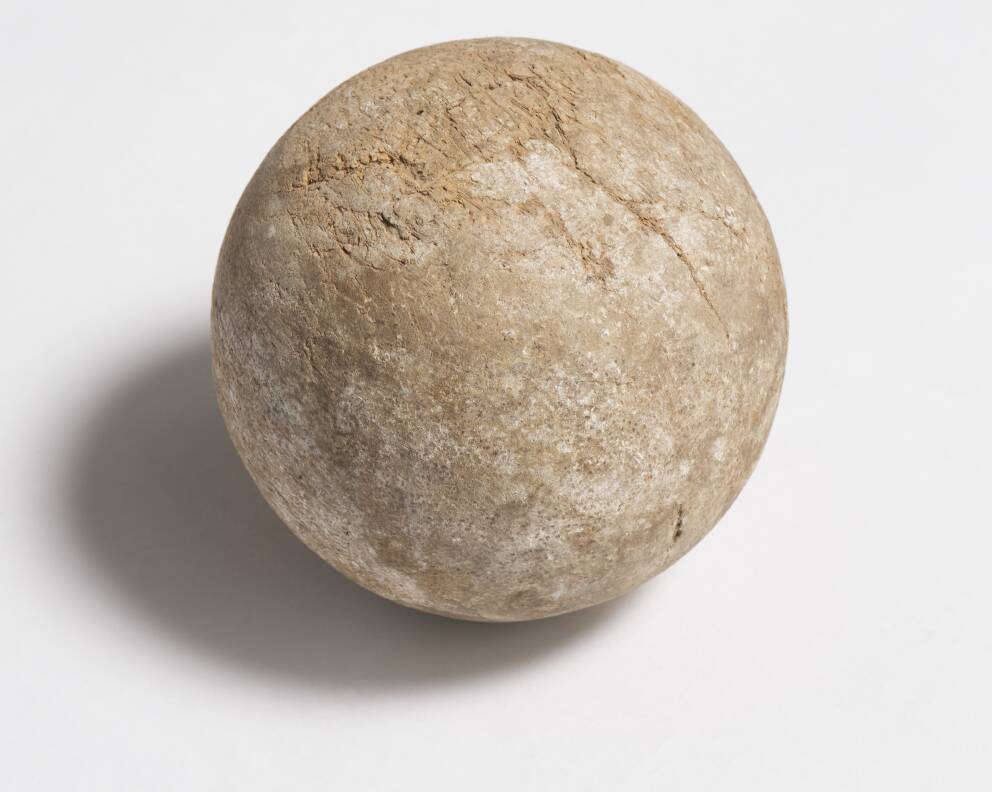
Pretty Petticoat: According to exhibition curator Hannah Paddon, "this white cotton and broderie anglaise petticoat was likely worn by either Sophia Campbell (seated on lawn at front right in main photo) or her sister Sarah Campbell (seated on lawn at front left in main photo) in the late 1800s". If you look closely, you can even still make out a small 'S' sewn into the back of the garment in red thread.
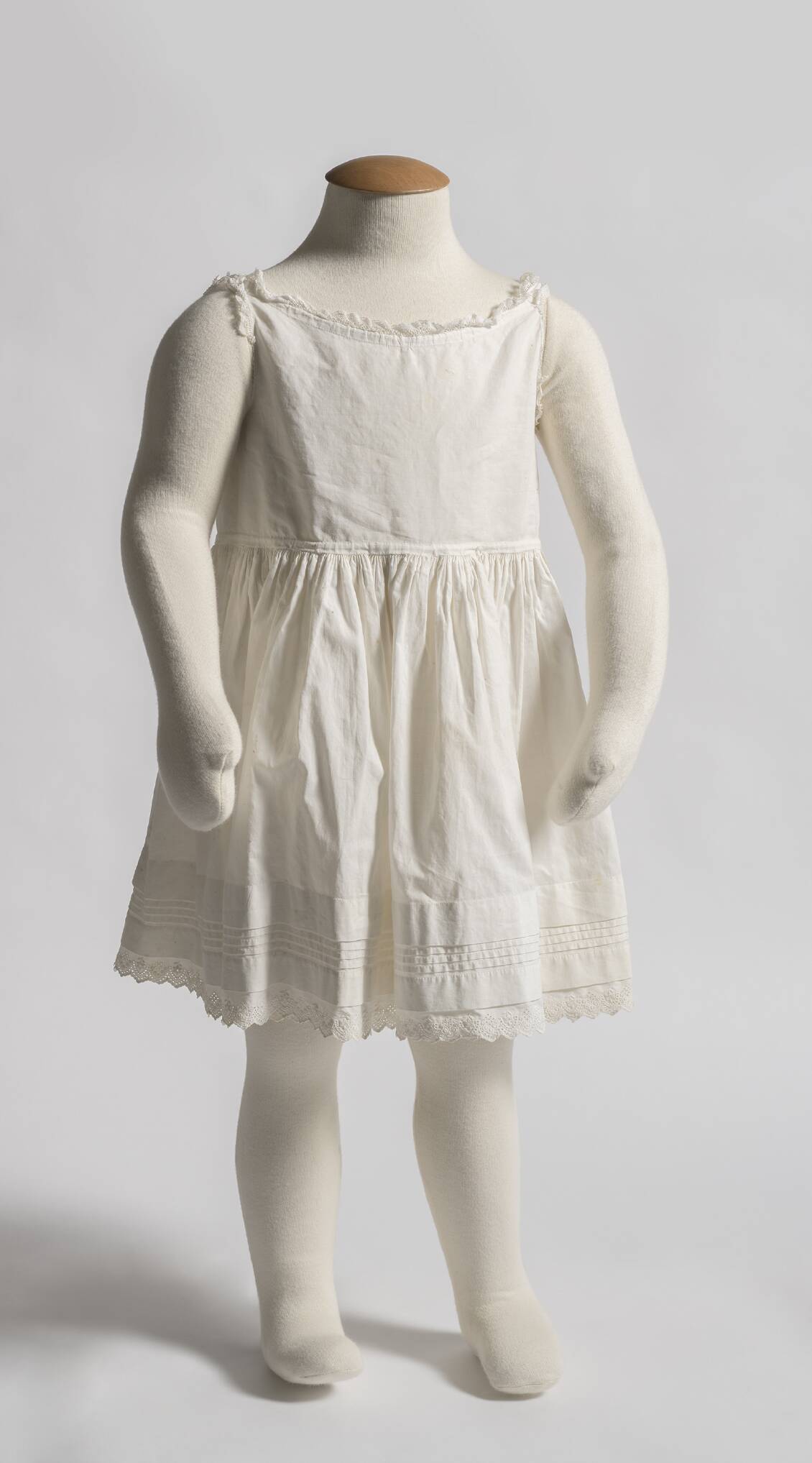
A shingle from Limestone Cottage (House): It was this circa 1832-33 cottage (the two-storey gothic revival addition to Duntroon House wasn't built until 1862), that explorer and naturalist Dr John Lhotsky famously visited after stopping off at the dairy in 1834 while journeying to the Snowy Mountains. In his diary, Lhotsky described the cottage as a "clean, romantic little house, overhung with vines". He wasn't only smitten with the Campbell's abode but was also enamoured by its location where "the approaching sunset drew me several times to the garden bench, whence a superb view over the outskirts of the Alps is to be seen".

Wonderful watercolours: In 1876, a new conservatory with an unusual conical glass roof was built at Duntroon House to harbour some of Marrianne Campbell's (standing third from the left, next to her husband George in the main photo) more delicate plants, many of which she painted. Three facsimiles of Marrianne's original watercolours on loan from the National Library of Australia are on display. A real treat. On December 29, 1877, an unnamed travel correspondent for the Australian Town and Country Journal reported, "the conservatory is large; in the centre is a brick cemented pyramid, with tiers of pots in which are some very choice flowers, the whole surmounted on one side with a lemon, on the other an orange tree." Luckily the conservatory wasn't damaged by a wild hailstorm which wreaked havoc just before the travel writer's arrival, "killing 40 lambs".
19th century sheep tags: Those unfortunate lambs killed by hailstones may well have been wearing one of Duntroon's sheep ear tags which were used, prior to extensive fencing, to keep track of livestock.

Did You Know? Acquired by the Commonwealth government, in 1911 Duntroon Estate was converted into the Royal Military College of Australia.
- Duntroon Estate - work with all your might is on show at Canberra Museum and Gallery (CMAG) from March 2 to July 14, 2024. CMAG is located at 176 London Circuit, Civic, and is open 10am-4pm Monday-Friday and noon-4pm Saturday and Sunday.
Bed mystery never put to rest

Although it's almost 50 years ago, archaeologist consultant Eleanor Crosby fondly recalls the 1977 dig she led at Duntroon Dairy.
Eleanor, who now lives in Queensland, says the dig primarily took place on weekends as many of the volunteers had full-time jobs.
It was an especially busy time for Eleanor who took a four-month break from the dig in the middle of 1977 after the birth of her son, Peter.
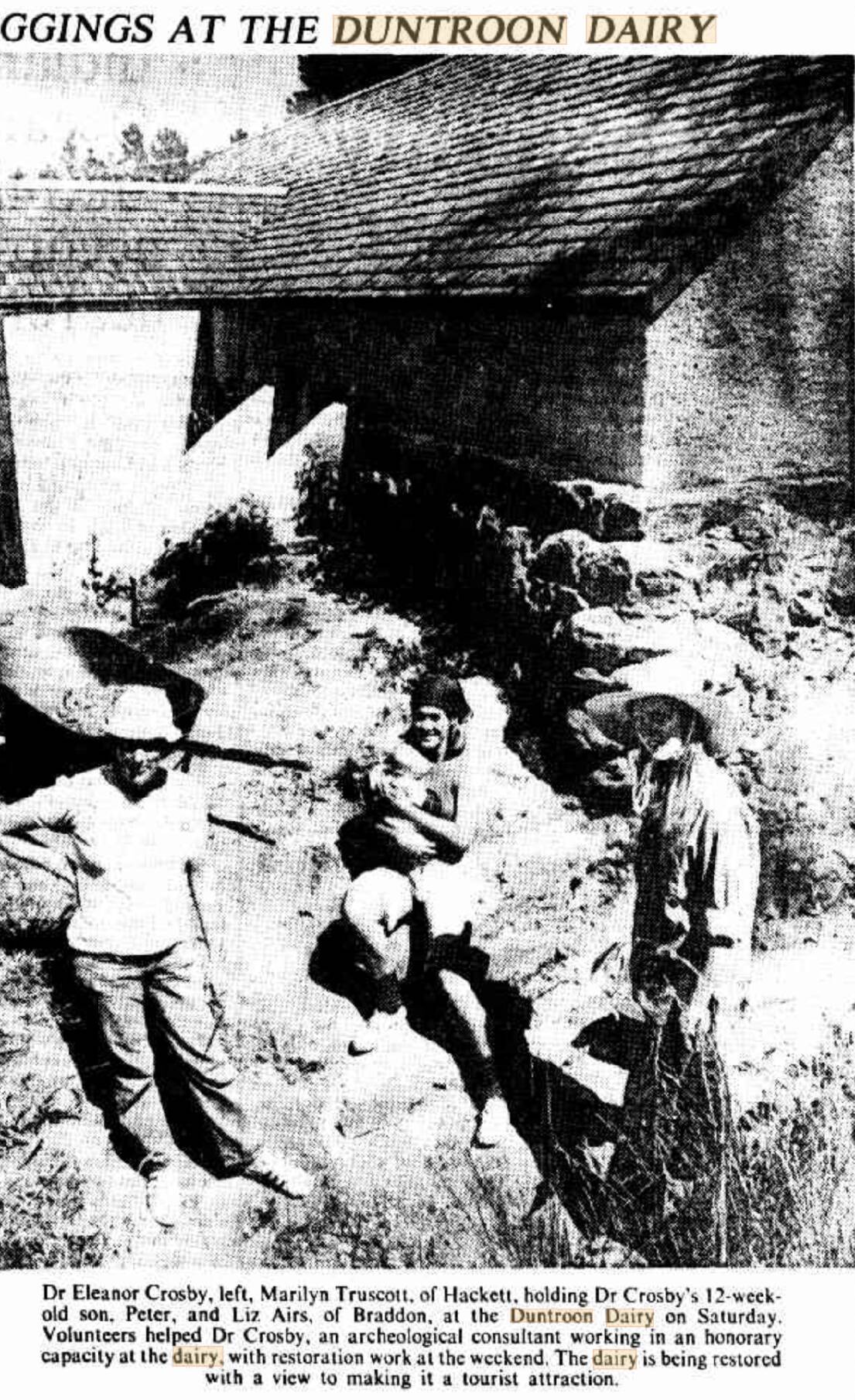
Eleanor's husband and one of his mates wore gumboots or fishing waders to clamber down the ladder to help retrieve the 700-plus items.
However, what Eleanor recalls most vividly from the dig are the "enormous number of bedframes" that were tossed into the well.
"It was really fascinating, the sheer number of them," recalls Eleanor. "We never worked out why they were all there.
"When they were thrown in, they would have already been old-fashioned ... it seems strange just to discard them in that way.
"Perhaps whoever threw them in did so as part of some sort of Celtic tradition involving depositing objects in water," speculates Eleanor, drawing comparison to the wells in the British town of Bath "where archaeologists have uncovered many items purposefully discarded into the water".
Having not visited the site for several decades, Eleanor was surprised that the dairy is almost always locked, open only for the occasional (always well attended) open day. "I guess to make it viable as an attraction it would have to part of a broader complex," she acknowledges. "While it's lovely it's being looked after, it really is a pity it can't be used in some more regular way for the community."
WHERE IN CANBERRA?
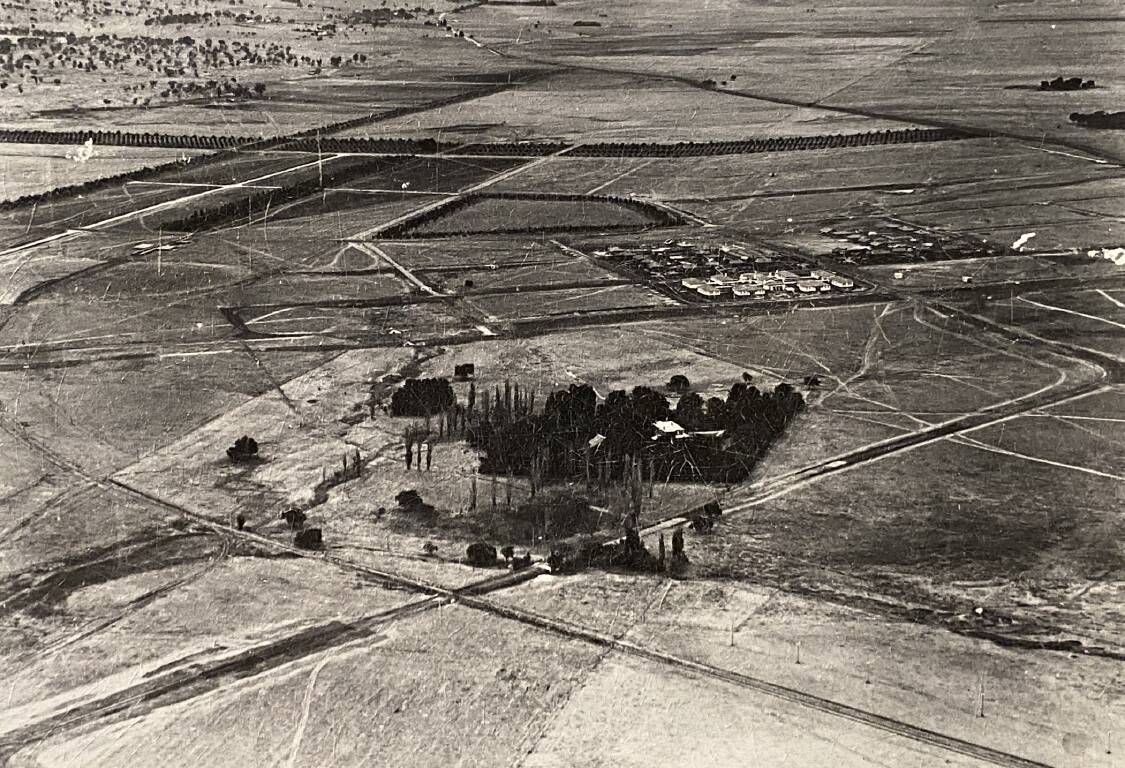
Rating: Medium
Clue: The railway line should give it away
How to enter: Email your guess along with your name and address to tym@iinet.net.au. The first correct email sent after 10am, Saturday March 2 wins a double pass to Dendy, the Home of Quality Cinema.

Last week: Congratulations to Scott Sieverts of Rivett who was the first reader to correctly identify last week's photo as dozens of hubcaps attached to trees at the intersection of Yadboro and Clyde Ridge roads, just five minutes' drive from the Pigeon House Mountain Didthul walking track car park. The clue of "Bill Lawry" related to the former cricketer, who is also one of Australia's best-known pigeon fanciers. Scott just beat Peter O'Neill, Ian McKenzie, Nathan Mitchell and Andrew Condie to the prize.
Home Sweet Home
My statement that the sight of Black Mountain Tower on the western horizon when driving south along the Federal Highway signals I'm almost home from a road trip struck a chord with Steve Leahy of Macquarie.
"For me, it's a similar sight of the tower, only more towards the southern horizon when driving south along the Barton Highway," reports Steve. "It's followed by the sighting of the church at the St Sava Monastery off to the west, which still triggers my 'you're about five minutes from home' bell, from when I used to live on Wallaroo Road."
Simulacra corner

While recently exploring paddocks above the foreshore of Lake George, this giant lizard stopped me in my tracks. If you look closely, it even seems to sport both a horn and an eye. Heck! Perhaps, the lake's current relatively high water levels have flushed it out?
- CONTACT TIM: Email: tym@iinet.net.au or Twitter: @TimYowie or write c/- The Canberra Times, GPO Box 606, Civic, ACT, 2601







